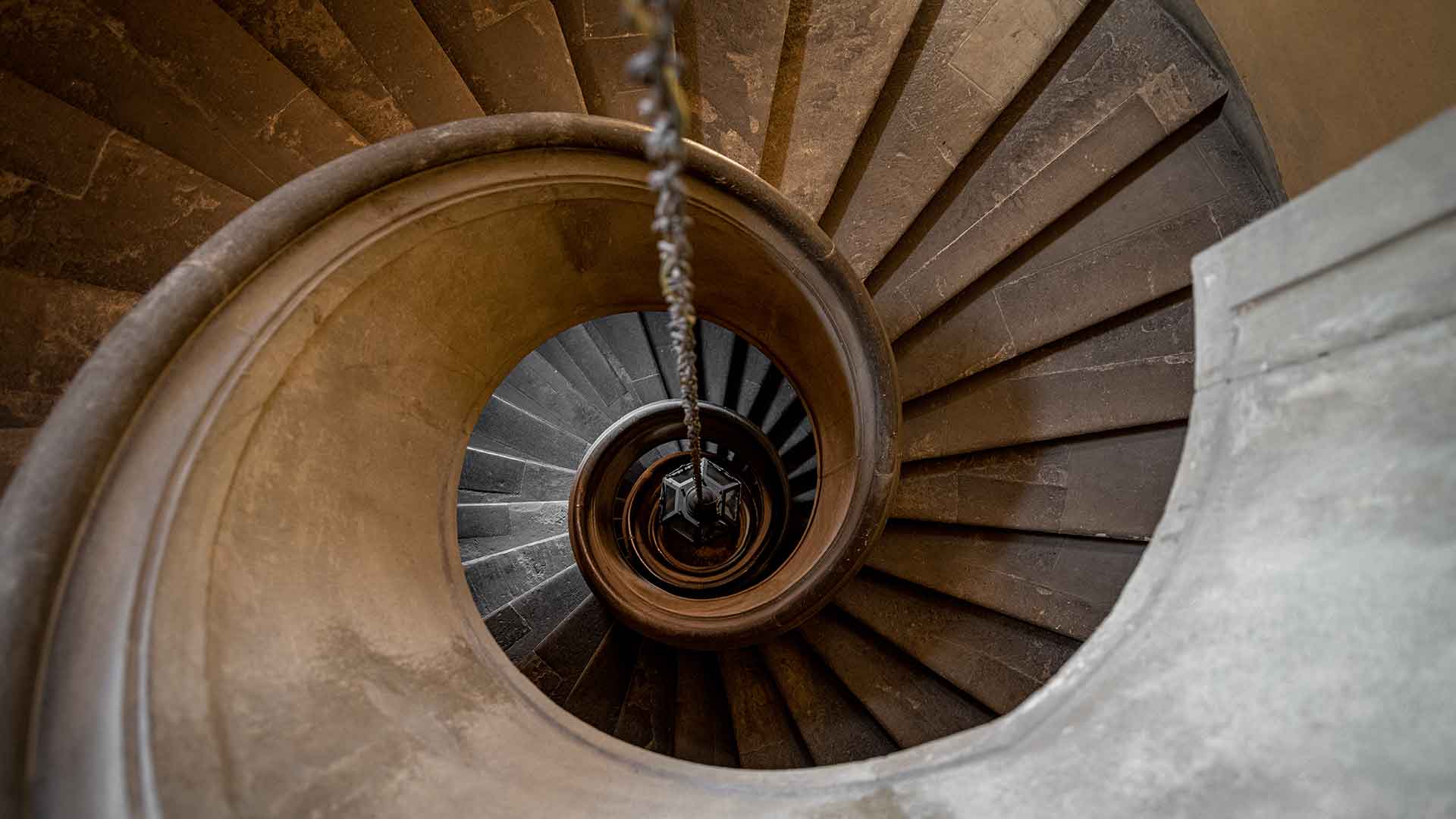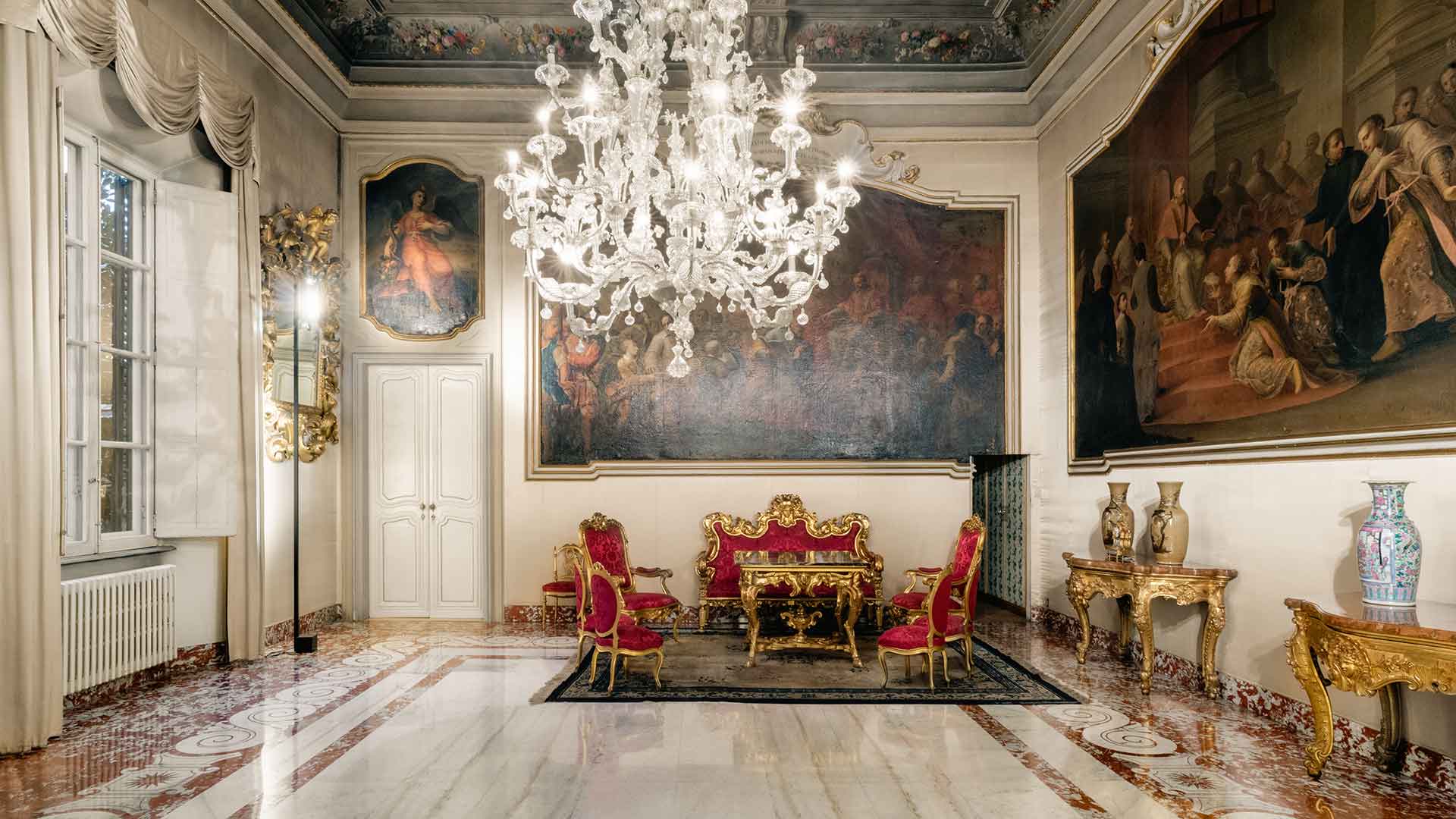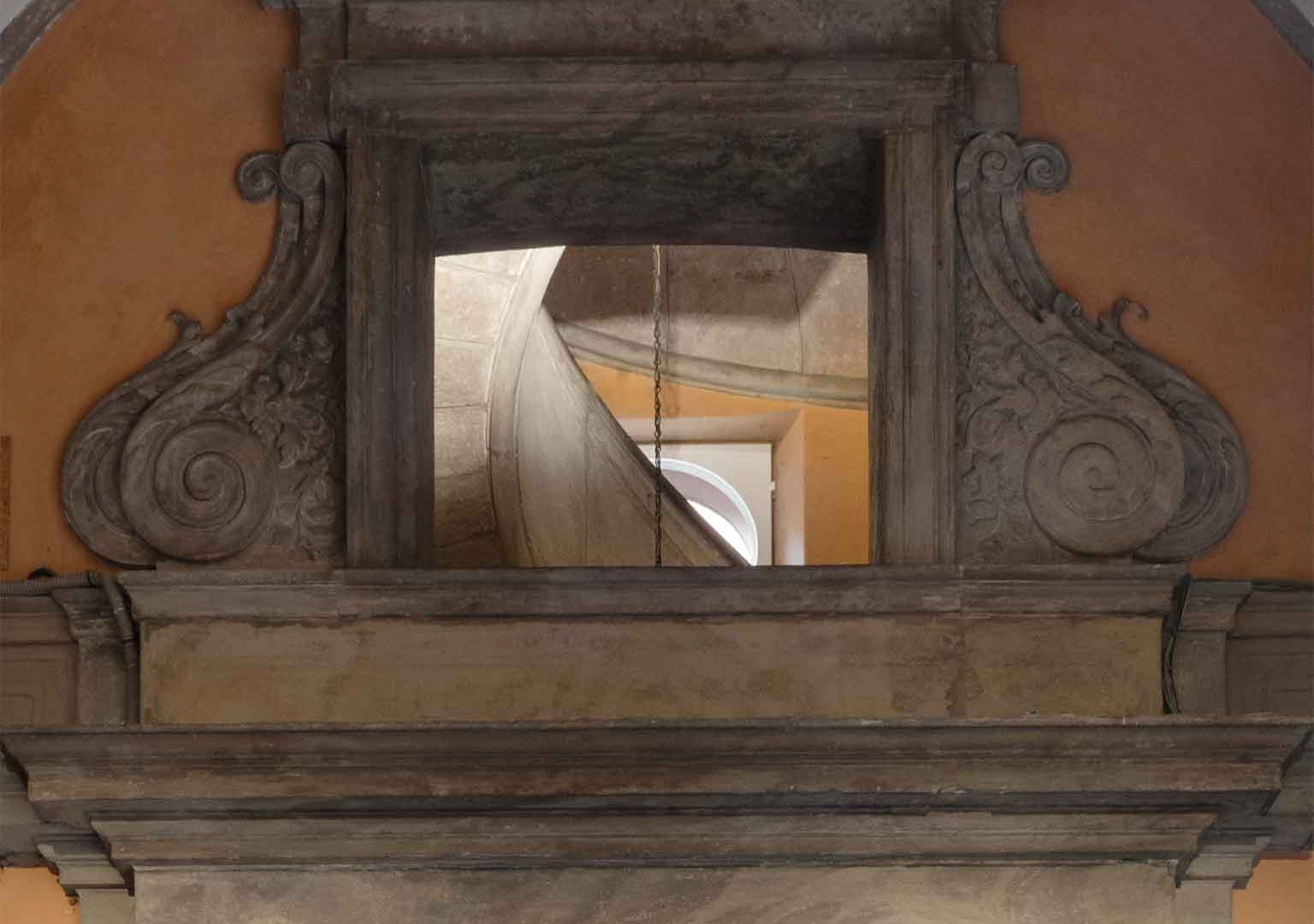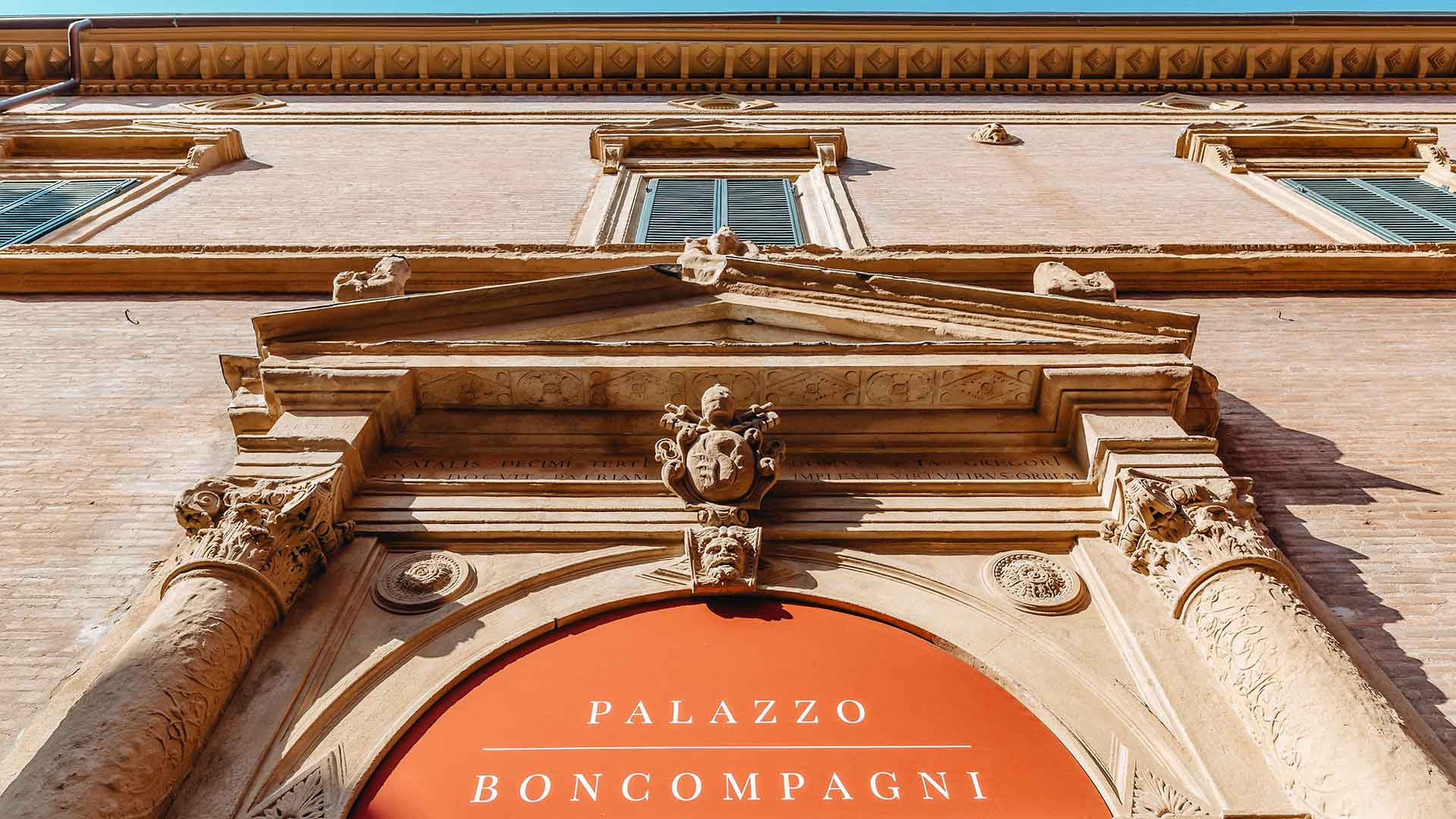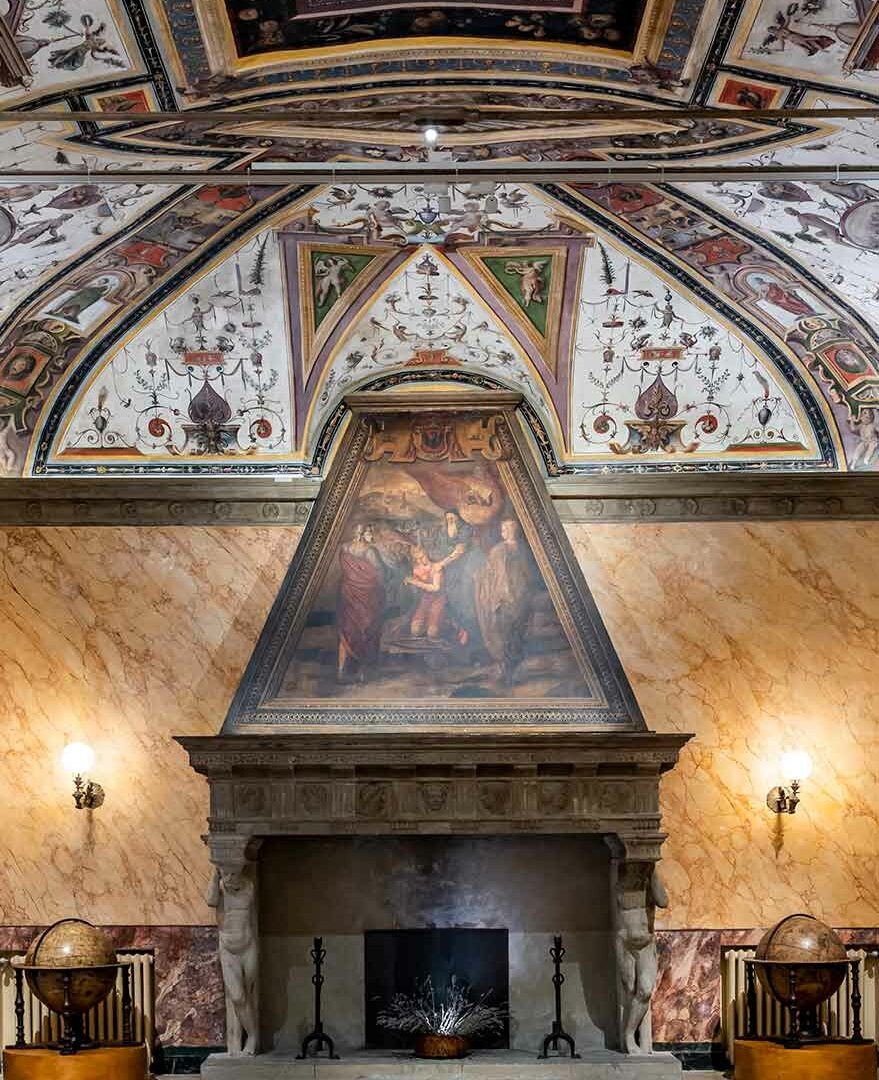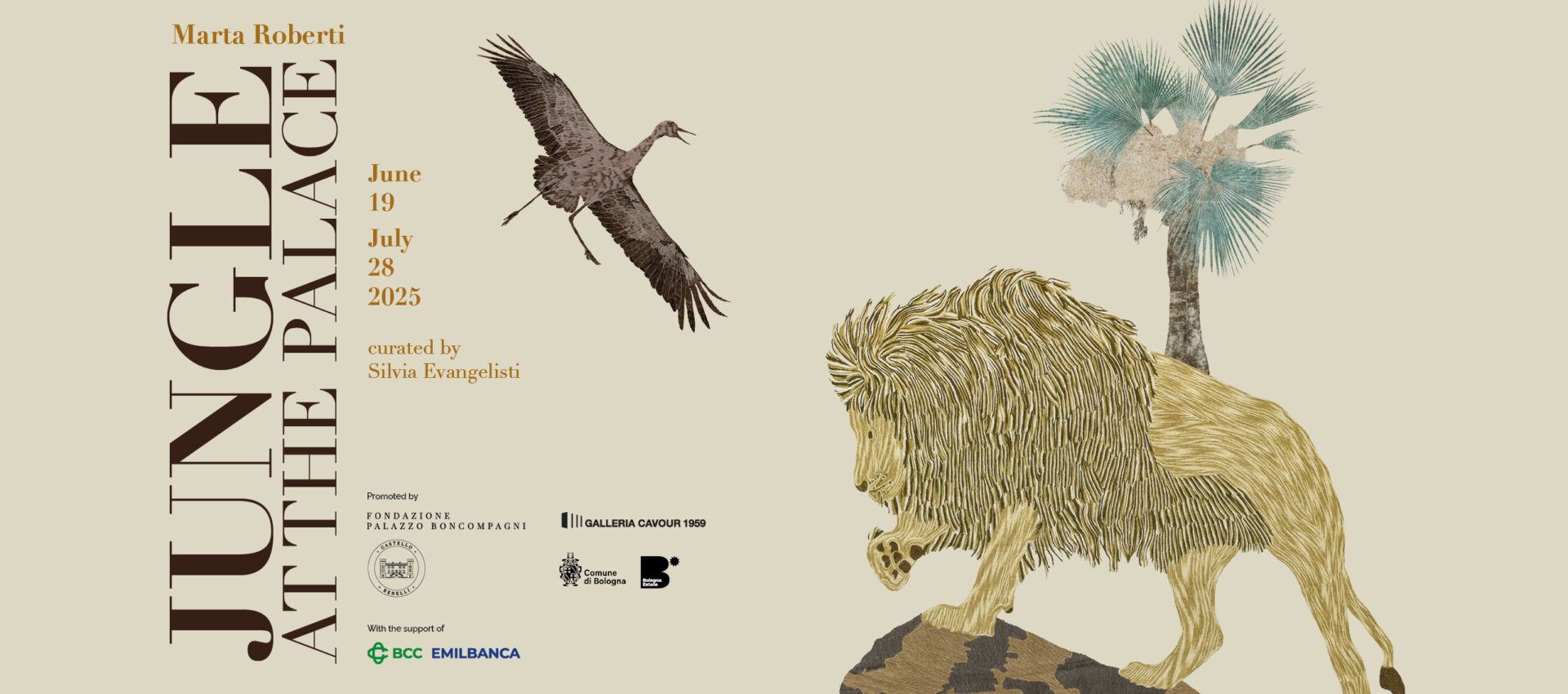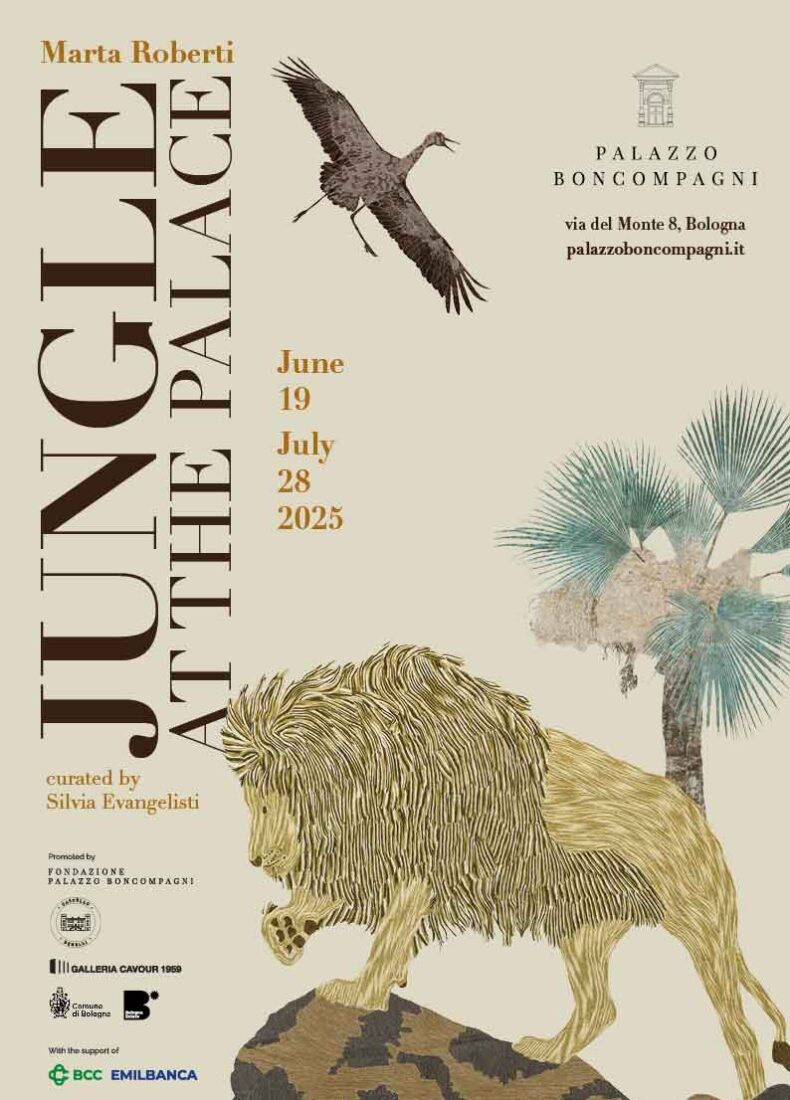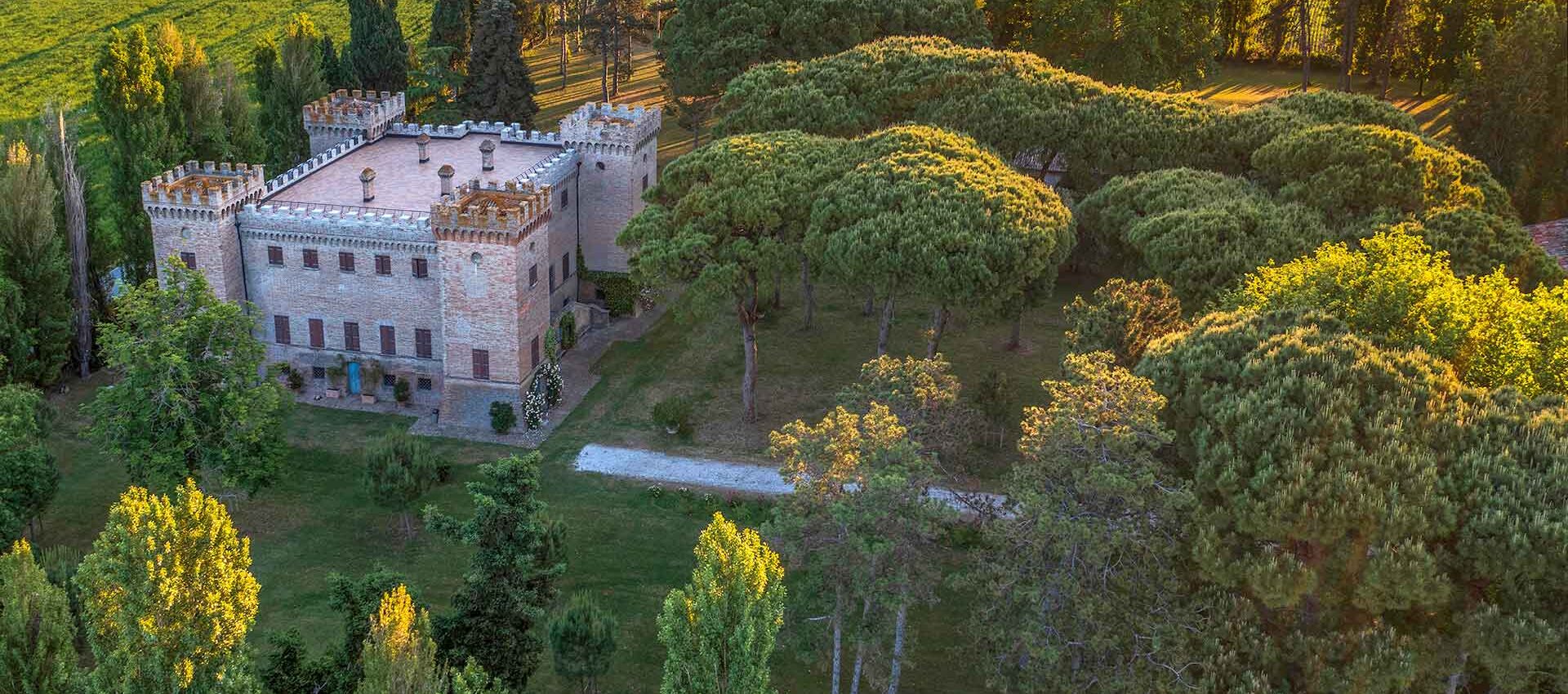Vignola, one of the most important exponents of Mannerism, is famous for constructing buildings of great elegance, as well as having defined the concept of architectural order with extreme clarity in his famous Rule of the Five Orders of Architecture. This work is one of the most influential and widespread of all time.
In addition to the splendid helical staircase, Vignola has been attributed to the conclusion of the gallery and the access portal to the staircase, thanks to his signature style of vigor and maturity. The decoration at the top of the window, above the door, appears similar to those Vignola designed for the Palazzo dei Banchi in Piazza Maggiore, Bologna.

via del Monte 8, Bologna (Italy)
t +39 051 236760
info@palazzoboncompagni.it
Palazzo Boncompagni is social
